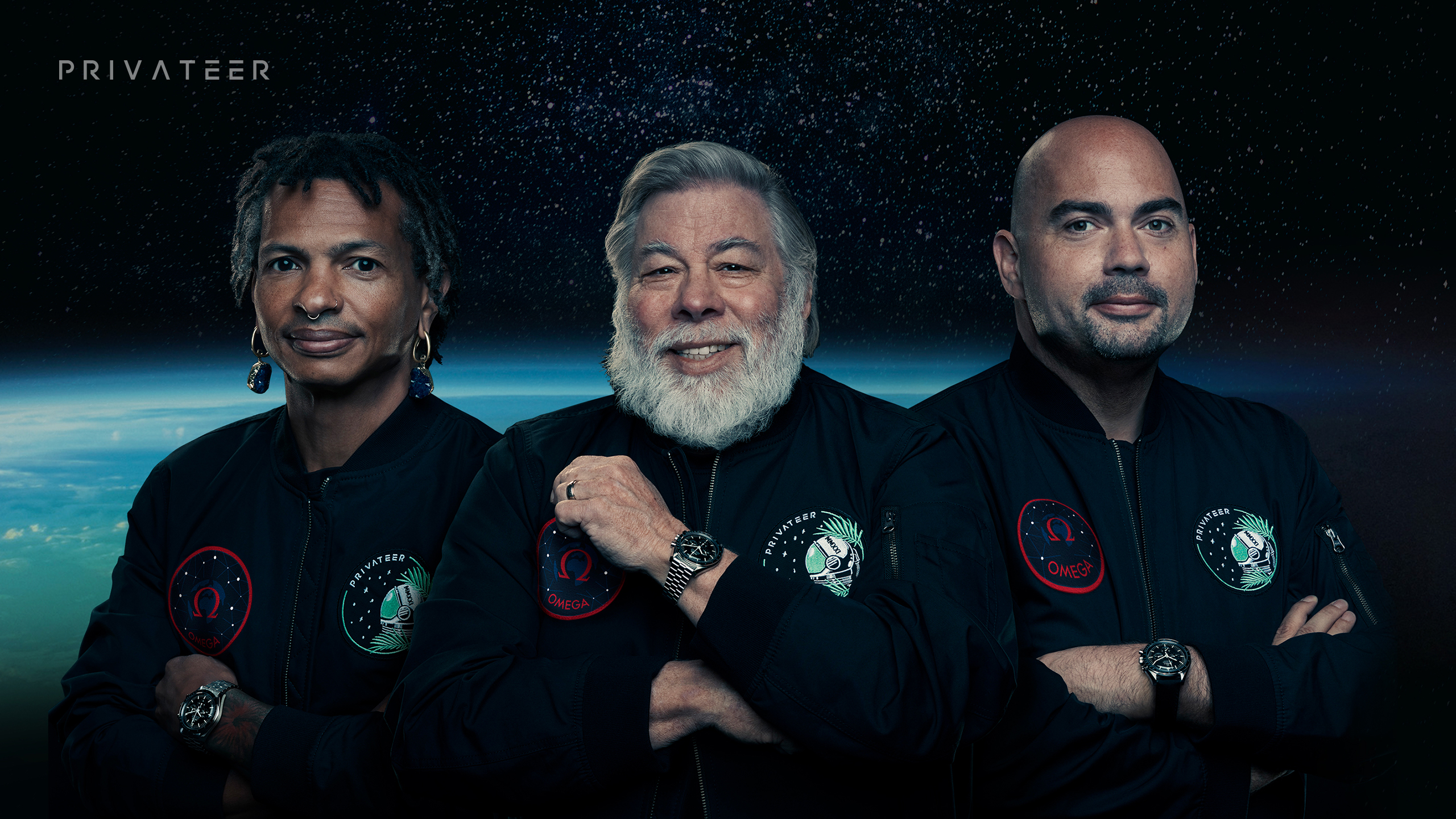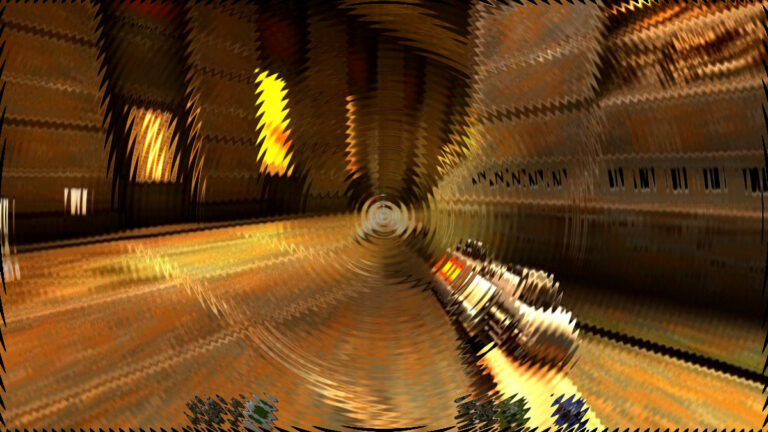Up until about a decade ago, an average of 80 to 100 satellites per year were launched into varying orbits. Some reentered Earth's atmosphere quickly, while others will remain in orbit for decades.
This now seems quaint. In the last five years, driven largely by the rise of communications networks such as SpaceX's Starlink and a proliferation of small satellites, the number of objects launched into space has increased dramatically.
In 2017, according to the United Nations Office for Outer Space Affairs, the annual number exceeded 300. By 2020, the annual number of objects launched exceeded 1,000 for the first time. This year, the total has already surpassed 2,000. With more broadband-from-space networks like Amazon's Project Kuiper on the way, further growth can be expected.
This radically increasing number of satellites, most of which are orbiting within 1,000 km of the Earth's surface, comes as low-Earth orbit is ever more cluttered with debris. For example, just last month, a Chinese Long March 6A rocket's upper stage unexpectedly broke apart after delivering its payload into orbit. There are now more than 300 pieces of trackable debris at an altitude from 500 to 1,000 km. And in November 2021, Russia shot down its own Cosmos 1408 satellite, creating more than 1,000 fragments in orbit. NASA's International Space Station still has to dodge this debris to this day.
At some point, the heavens above will reach a breaking point. Yes, space is big, but there is so much junk out there.
Scientists and engineers estimate that there are hundreds of thousands of pieces of orbital debris about the size of a blueberry that cannot be tracked. Given their velocities of many times the speed of sound, these small objects have the kinetic energy of a falling anvil. Then there are tens of thousands of pieces of trackable debris the size of a softball or larger that have the kinetic energy of a large bomb. While some of this debris gets dragged down into Earth's atmosphere and burns up every day, humans are rapidly creating more of it.




 Loading comments...
Loading comments...
